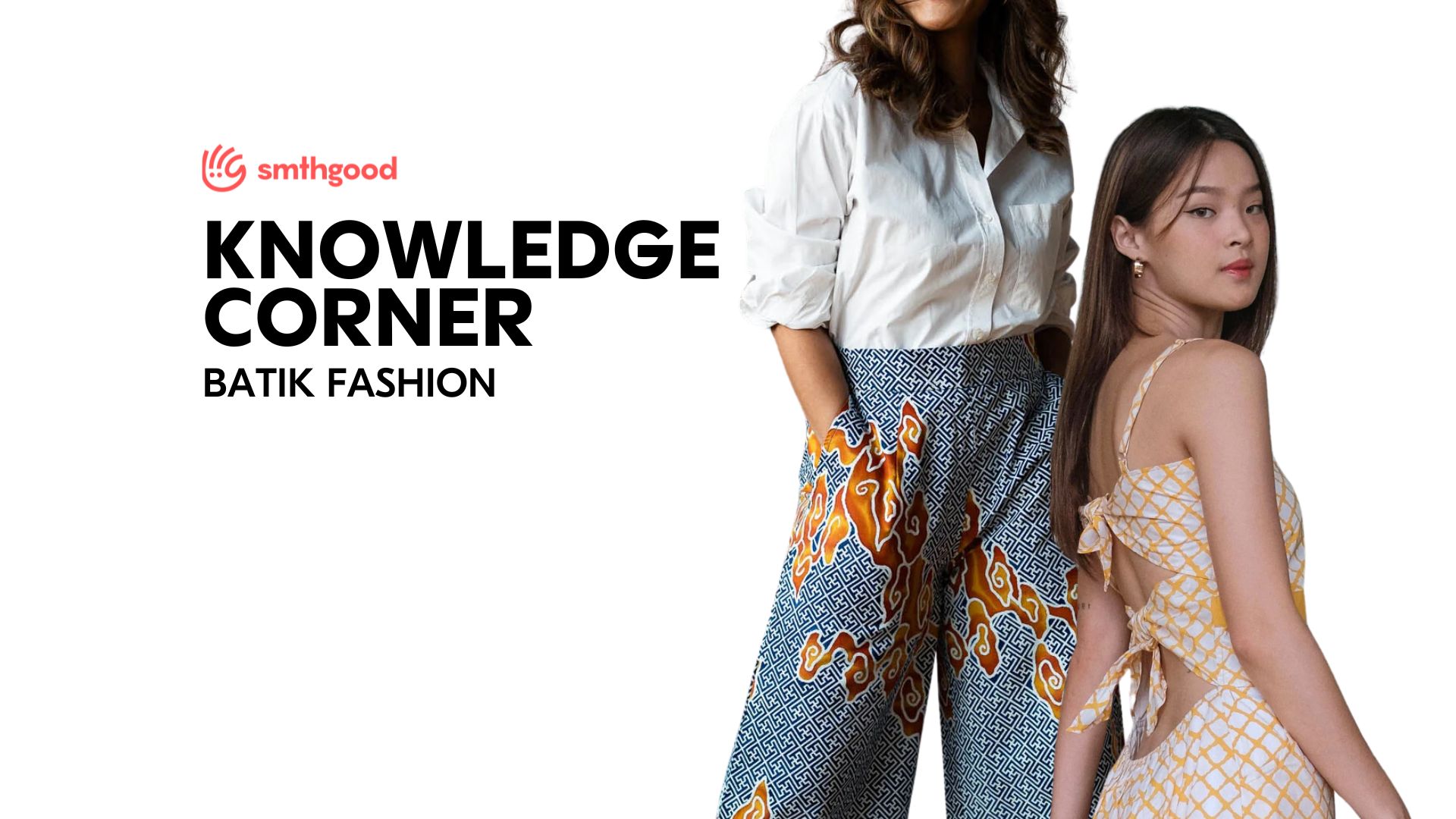Batik: Perfect Blend of Art, Culture, & Sustainability

In an age where fast fashion dominates, the allure of batik clothing shines brightly for those committed to slow fashion and conscious living. Batik, a centuries-old art form, is not only a testament to cultural heritage but also aligns perfectly with the principles of sustainable fashion.
Let’s dive into more details exploring its intricate production process, the benefits it offers, and the challenges it faces.
What is Batik?
Batik is a traditional technique of wax-resist dyeing applied to cloth. Originating from Indonesia, this craft has been passed down through generations, each piece telling a unique story through its patterns and colors.
The word ‘batik’ itself comes from the Javanese words ‘amba’ (to write) and ‘titik’ (dot), reflecting the meticulous process of creating these stunning designs.
Batik is not just a method of dyeing; it’s a slow fashion statement that values quality, craftsmanship, and the cultural significance embedded in each garment.
Techniques of Batik
The creation of batik clothing involves several traditional techniques, each contributing to the unique beauty of the final product. Here are the key techniques:
- Written Batik: This technique involves drawing patterns on fabric with hot wax using a tool called a canting, which has a copper container and a bamboo or wooden handle. Creating written batik is labor-intensive and can take one to three months, depending on the design’s complexity. The handcrafted nature ensures each piece is unique, making written batik highly valued and often reserved for special occasions.
- Stamped Batik: Stamped batik is created using a copper stamp, known as a cap, to apply wax to the fabric. This method allows for faster production and more uniform patterns compared to written batik. While stamped batik can be produced more quickly and affordably, it generally has less artistic variation, making it more suitable for mass production.
- Painted Batik: In painted batik, artists use tools like brushes, banana stalks, and even toothpicks to apply wax and dye to the fabric, often without a predetermined pattern. This technique blends traditional batik with modern artistic expressions, resulting in vibrant, contemporary designs. Painted batik is popular for its affordability and creative freedom, often featuring diverse color palettes and unique motifs.
Advantages of Batik Clothing
- Sustainability: Batik aligns with the principles of slow fashion, emphasizing quality over quantity. The meticulous craftsmanship and the time invested in each piece ensure durability and longevity, reducing the need for frequent replacements.
- Cultural Preservation: By choosing batik, consumers support traditional artisans and help preserve a cultural heritage that dates back centuries. This not only provides economic support to local communities but also keeps the art form alive for future generations.
- Unique Designs: Each piece of batik clothing is unique, thanks to the handcrafted nature of the process. The intricate patterns and vibrant colors are a testament to the artisan’s skill and creativity, offering wearers a distinct and personal style statement.
- Natural Materials: Batik production often utilizes natural dyes and fabrics, reducing the environmental impact compared to synthetic alternatives. This contributes to a more eco-friendly fashion choice.
Disadvantages of Batik Clothing
- Cost: The intricate, handmade nature of batik makes it more expensive than mass-produced garments. While this higher cost reflects the quality and craftsmanship, it can be a barrier for some consumers.
- Time-Intensive Production: The labor-intensive process of creating batik means that it takes significantly longer to produce compared to fast fashion items. This can lead to limited availability and longer wait times for consumers.
- Care Requirements: Batik garments often require special care to maintain their vibrant colors and intricate patterns. Hand washing and avoiding harsh detergents are usually recommended, which might be inconvenient for some.
- Inconsistent Quality: Since batik is a handcrafted process, there can be variations in quality. Some pieces may not meet the high standards expected, leading to potential disappointment for buyers.
Check out these examples for brands with amazing batik fashion – all available on the Smthgood App.
Studio Gypsied

Click HERE to find out more items and order.
Rooted in heritage and modern sustainability, Studio Gypsied is a slow fashion brand that celebrates Nusantara heritage through the adaptation of batik textiles.
Studio Gypsied work with craft-making communities goes beyond just ensuring cultural continuity, but also social empowerment. This means practicing ethical and fair trade values such as accountability and transparency when dealing with artisan and tailoring partners.
Alika Day

Click HERE to find out more items and order.
Alika Day celebrates hand-stamped batik through their modern batik apparel by weaving together the love for heritage culture and the planet.
The brands works with traditional artisans to preserve precious heritage crafts in the face of commercialised productions. All the apparel is locally-handstamped and crafted in small sewing houses in Indonesia.
____________________________________________________________________
Shop these wonderful sustainable & ethical brands on the Smthgood App.
The home of conscious fashion that is paired with a unique & gamified Lookbook Styling Tool.
Now available on the Google PlayStore & Apple AppStore.
Download now & earn double cashback coins on your first purchase.
For more articles, visit THE GOODNEWS for the latest fashion intel on conscious fashion!
For more information please visit www.smthgoodco.com
